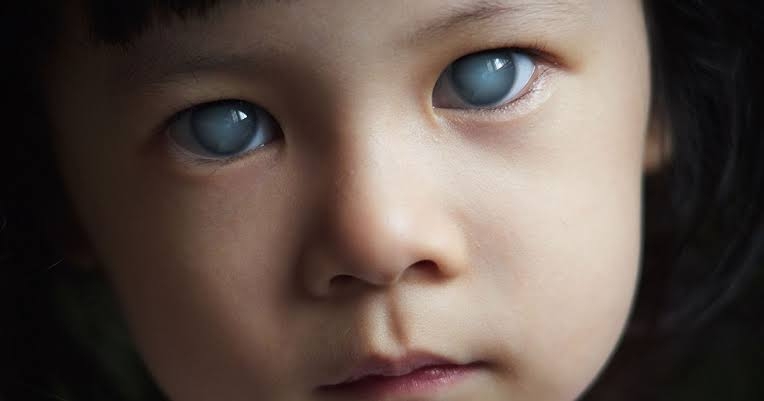congenital glaucoma symptoms in babies
There are three main ones. Signs and symptoms.
Congenital Glaucoma Childhood Glaucoma
Signs and Symptoms of Congenital Glaucoma.
. Cloudy eyes If the pressure rises to a sufficient level aqueous is pushed into the cornea making it waterlogged and cloudy. If the eye pressure increases rapidly there may be pain and discomfort. Eye s that seem larger than normal Visible cloudiness or blueish tint near the surface of the affected eye s Excessive tearing Expressing discomfort around or avoidance of bright lights.
The most common symptoms of congenitalinfantile glaucoma are excessive tearing light sensitivity and a large cloudy cornea the normally clear front surface of the eye which can cause the iris colored part of the eye to appear dull. Intolerance or oversensitivity to light. Parents may notice that the child becomes irritable fussy and develops a poor appetite.
Parents may notice one or more of the following symptoms often when the child is three to six months old but they can occur at any age during childhood. Hazy or cloudy cornea. Parents may notice that the child becomes irritable fussy and develops a poor appetite.
Cupped or otherwise malformed optic nerve. Learn about symptoms tests and treatments for children born with a problem in the structure of the heart congenital heart defect. If the eye pressure increases rapidly there may be pain and discomfort.
A cloudy cornea which is normally transparent Excessive tears. The cornea transparent front section of the eye may appear cloudy. These children usually have obvious symptoms such as cloudy eyes sensitivity to light and excessive tearing.
The symptoms of glaucoma may resemble other eye problems or medical conditions. Cloudy cornea front surface of the eye that is normally clear Dull iris colored part of eye Light sensitivity. Early detection and diagnosis is very important to prevent loss of vision.
Given that congenital glaucoma normally appears between birth and three years of age parents are usually the ones to notice that the child is bothered by light also known as photophobia has watery eyes epiphora and tends to keep his or her eyes closed blepharospasm. Photosensitivity sensitivity to light Blepharospasm involuntary twitching of the eye Does congenital glaucoma cause blindness. Ad Discover how to spot the early warning signs of Glaucoma right now.
Glaucoma can cause severe vision loss and. However each person may experience symptoms differently. However outward signs that might alert a doctor to glaucoma conditions in the child include.
The symptoms of acute angle-closure glaucoma may look like other eye problems. Other symptoms can include the following. However recent advances in biochemical and genetic studies the introduction of new diagnostic tools intraocular pressure IOP lowering medications and improvement of surgical techniques have led to.
Haloes or rainbows around lights. Unusually large eyes due to increased pressure. Classical cases present with enlarged eyes with a whitish-bluish cloudy appearance as the cornea becomes edematous due to the high IOP.
Some of the signs for possible eye trouble in children are not obvious. What Are the Symptoms. For childhood glaucoma symptoms may include.
Physician Resources And Info. Ad Explore The Important Role Of Nitric Oxide In Glaucoma. Parents may notice the following symptoms of congenital glaucoma in their child.
What are the symptoms of congenital glaucoma. Signs and symptoms of childhood glaucoma include. With juvenile glaucoma there are typically no obvious symptoms at first.
Visit Site To Learn More About Emerging Research In Glaucoma. PCG was considered untreatable with inevitable blindness. This can lead to corneal scarring.
Sensitivity to light children with raised eye pressure often become sensitive to light. Closes their eyelids like theyre protecting their eye. Abnormally large eyes.
This clouding can clear if the pressure is reduced but this may take several months. These are the most common symptoms of this type of glaucoma. What are the symptoms of childhood glaucoma.
Primary infantile glaucoma is a rare developmental defect in the iridocorneal filtration angle of the anterior chamber that prevents aqueous fluid from properly draining from the eye. In congenital glaucoma children are born with a defect in the angle of the eye that slows the normal drainage of fluid. Its signs and symptoms are usually different than adult glaucoma.
This obstruction increases the intraocular pressure which if untreated damages the optic nerve. Glaucoma may occur in babies due to abnormal development of the internal drainage system of the eye. As the condition continues children may develop blind spots in their side vision as the eye pressure.
Symptoms in congenitalinfantile glaucoma include. Redness of the eye. It can be tricky to recognize congenital glaucoma in a baby as they are unable to describe any symptoms they are experiencing.
Other signs related to the eye distension include abnormally deep anterior chamber myopia mainly due to elongation and enlargement of the eye astigmatism from Haab striae and corneal stretching anisometropia almost always present in. Primary congenital glaucoma PCG is a rare disease affecting children early in life. Eyes that are larger than normal.
Later on the pathogenesis of increased intraocular pressure and angle abnormalities were correlated with this entity. Haabs striae concentric or horizontal streaks in the cornea of the eye. Seems painfully sensitive to light.
Ad Glaucoma comes with signficant warning symptoms. Infantile glaucoma can cause complete blindness if left untreated. Cloudiness in the eyes.
Early detection and diagnosis is very important to prevent loss of vision. Because infants and childrens eyes are still very soft and malleable the increased pressure may cause the cornea and other parts of the eye to enlarge and stretch. Are There Signs and Symptoms of Congenital Glaucoma.
Tears up a lot. Conventional surgery typically is the suggested treatment because medicines are not effective and can cause more. Symptoms in juvenile glaucoma.
Severe pain in the eyes. Noticeably enlarged eyes clouded corneas excessive tearing decreasing vision and a sensitivity to light can be symptoms of childhood glaucoma. Youre likely to notice that your baby.
The symptoms of glaucoma may resemble other eye problems or medical conditions. Enlargement of one or both eyes. Blephrospasms or spasms of the eyelids.
Hippocrates first described the term primary congenital glaucoma when he noted abnormally enlarged eyes in infants. Learn the early warning signs of glaucoma that commonly affect most people. Blurred or narrowed field of vision.

Congenital Glaucoma An Overview Sciencedirect Topics

Glaucoma Information Congenital Glaucoma Glaucoma Information

Glaucoma In Infants And Children Ento Key

Glaucoma Information Congenital Glaucoma Glaucoma Information
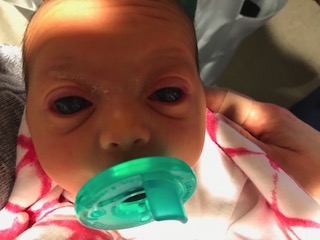
Severe Congenital Glaucoma In A Newborn Duke Health Referring Physicians

Congenital Glaucoma An Overview Sciencedirect Topics
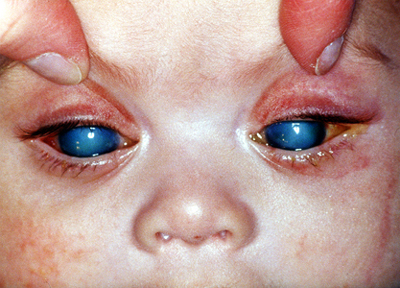
Congenital Glaucoma West Coast Glaucoma West Coast Glaucoma

Congenital Glaucoma The Caterpillar Years
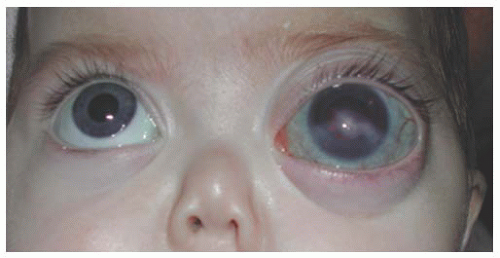
Glaucoma In Infants And Children Ento Key
Congenital Glaucoma Childhood Glaucoma

Congenital Glaucoma Facts Symptoms Complications Treatment Factdr
Congenital Glaucoma Europe American Academy Of Ophthalmology
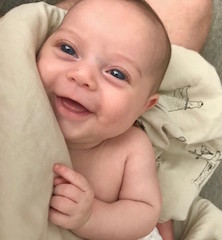
Severe Congenital Glaucoma In A Newborn Duke Health Referring Physicians

International Hospital Kampala Congenital Glaucoma Occurs In Babies And Young Children It Is Caused By Incorrect Development Of The Eye S Drainage System Before Birth Book An Appointment To See An Ophthalmologist

Primary Congenital Glaucoma For Patients Gene Vision

Congenital Glaucoma Download Scientific Diagram

Childhood Congenital Glaucoma Glaucoma Associates Of Texas
